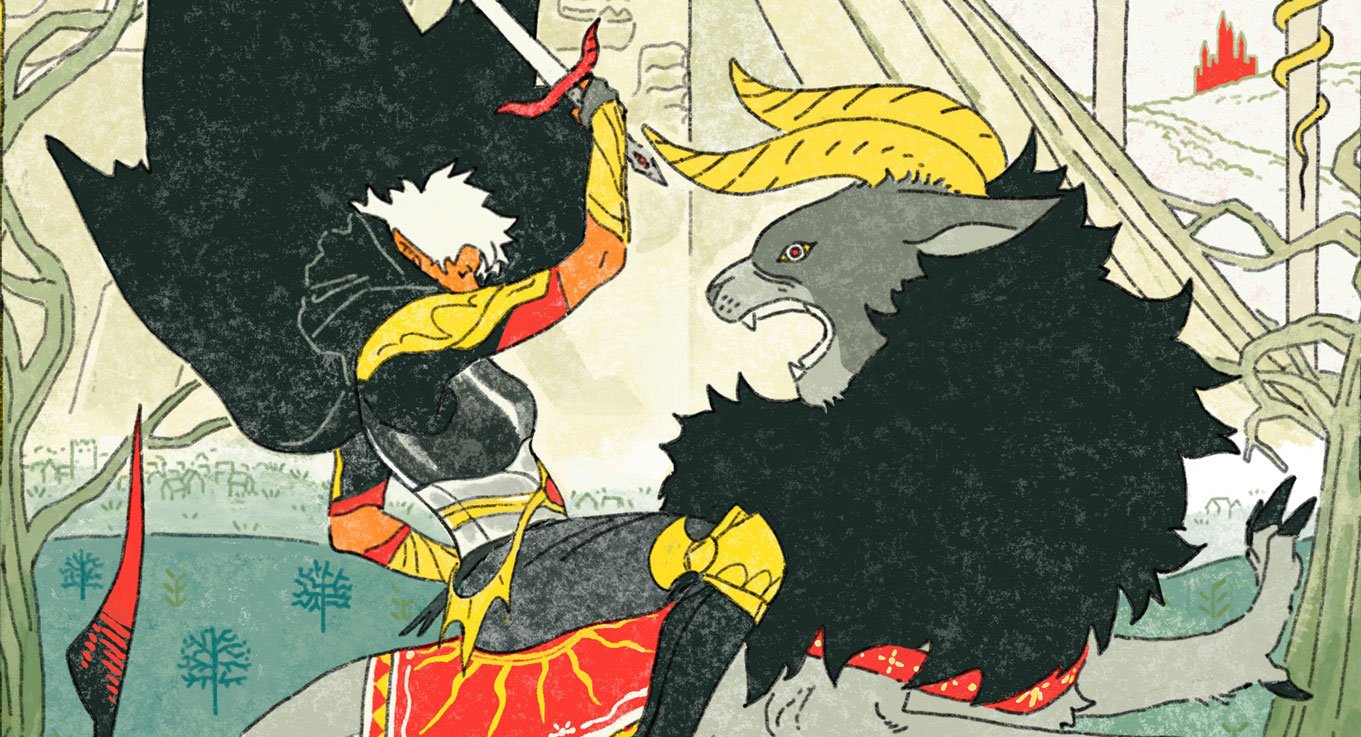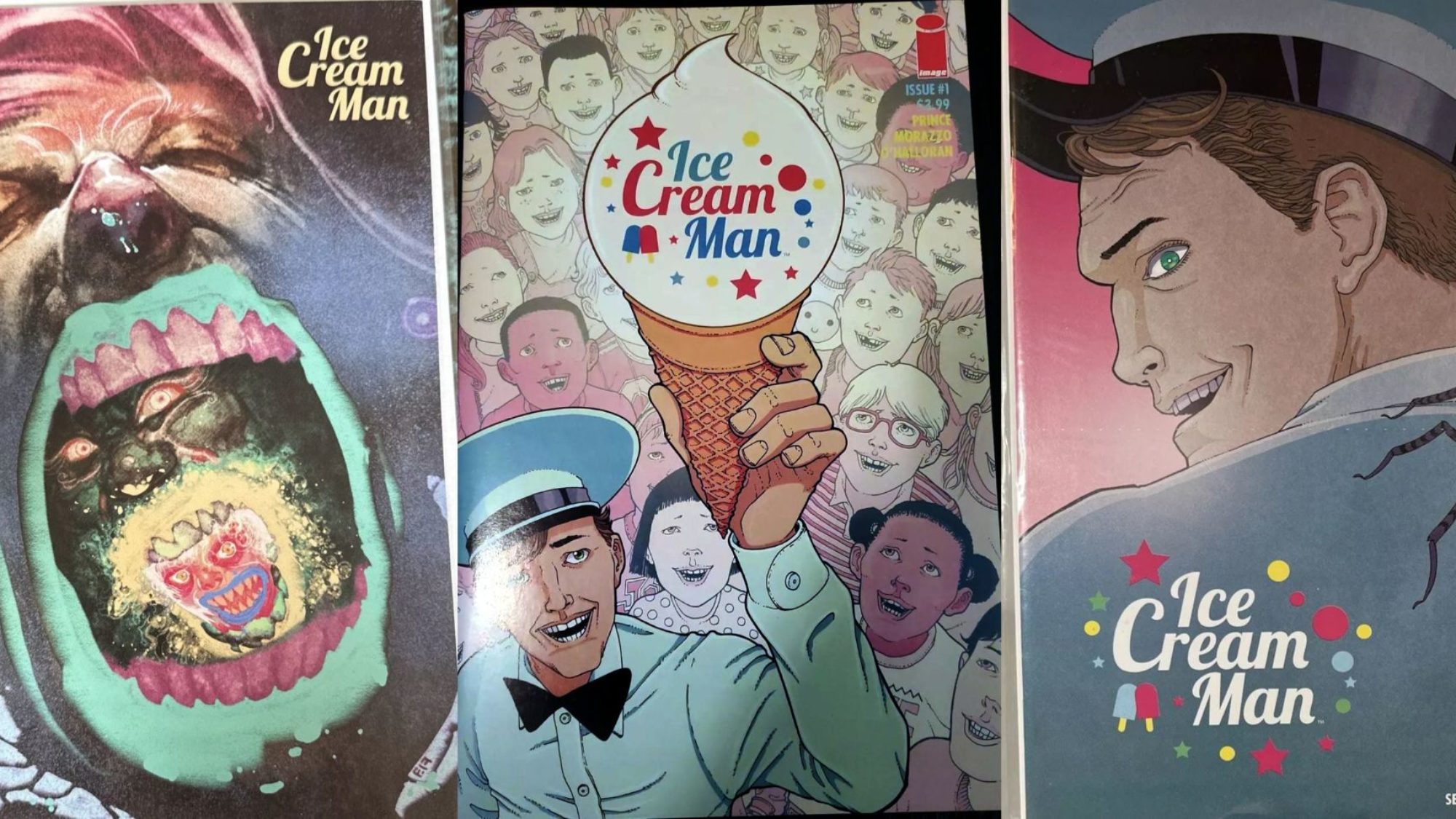Deb Aoki on making manga and selling merch
One takeaway from #ax2024 is how many people desperately want to draw manga, but don’t know how to get to the level where they’ll get published / can go pro. When i tell them that if they want to work in Japan, they should learn to speak/read Japanese, they’re so sad.
After talking with JP manga & US comics editors, I’ve heard a few common themes / tips for aspiring manga / webtoon creators:1. Start with one-shot short stories, and do a lot of them! It will help you build your storytelling muscles and develop your individual art style


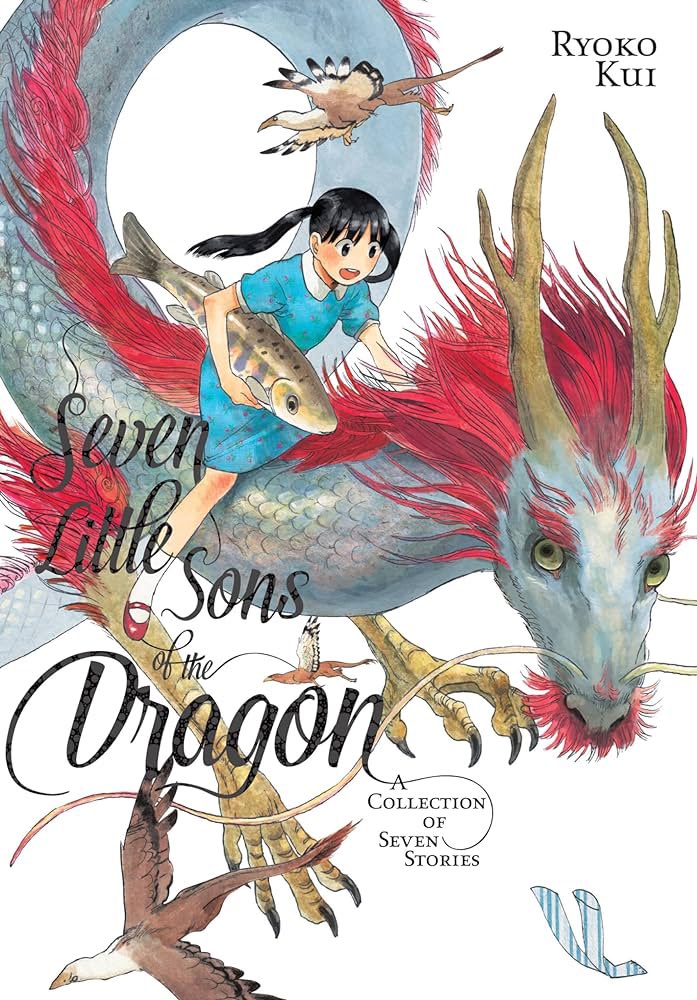

Biggest mistake i see from aspiring manga artists: making their first project that ambitious, epic multi-volume manga story they’ve been dreaming of drawing since they were kids. My tip: DON’T do this. Build skill with short stories first.
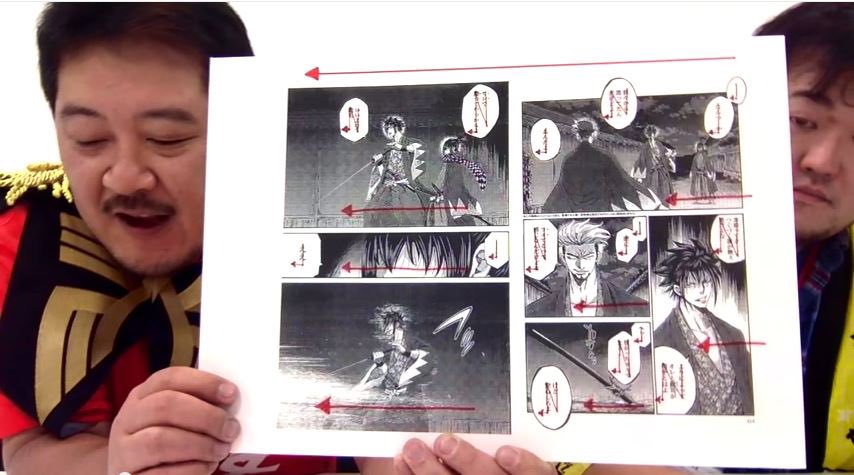



It was just striking how many people stepped up to the mike during the Q&A time at manga panels at #ax2024 asking about how to become professional / published manga artists. But maybe i’ve become more acutely aware of the issue after teaching my manga class at @ccacomics
A common weakness i see in work from aspiring manga/comics artists is that they spend too much time drawing pin-up/cover art illustrations of characters, but not enough time really thinking about their characters’ personalities, backstories, and interactions with others
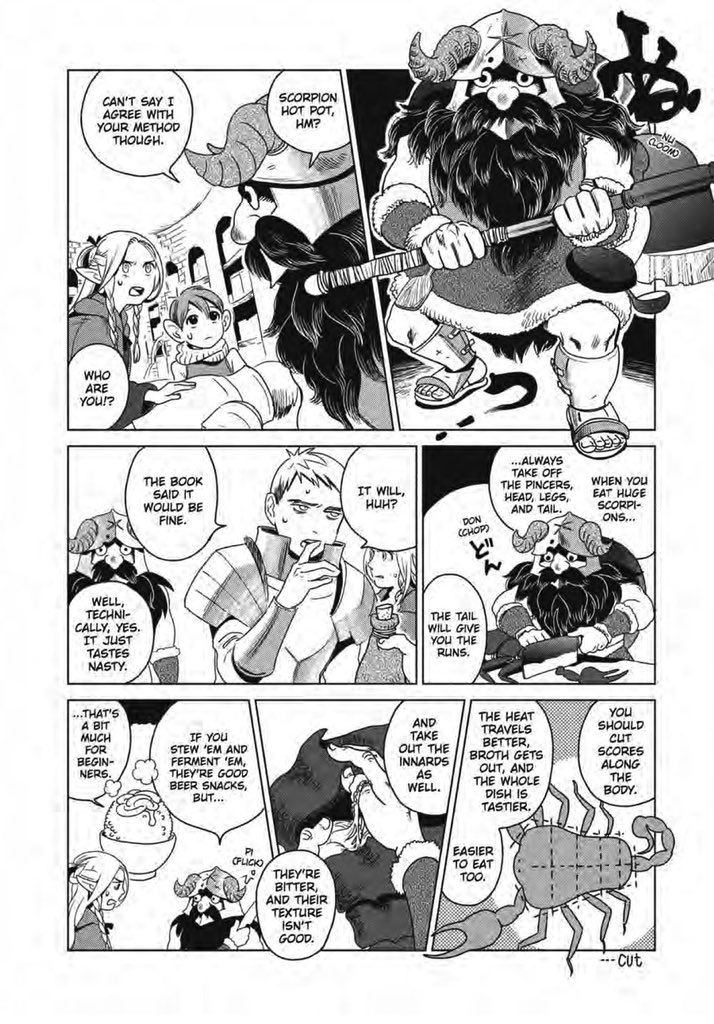

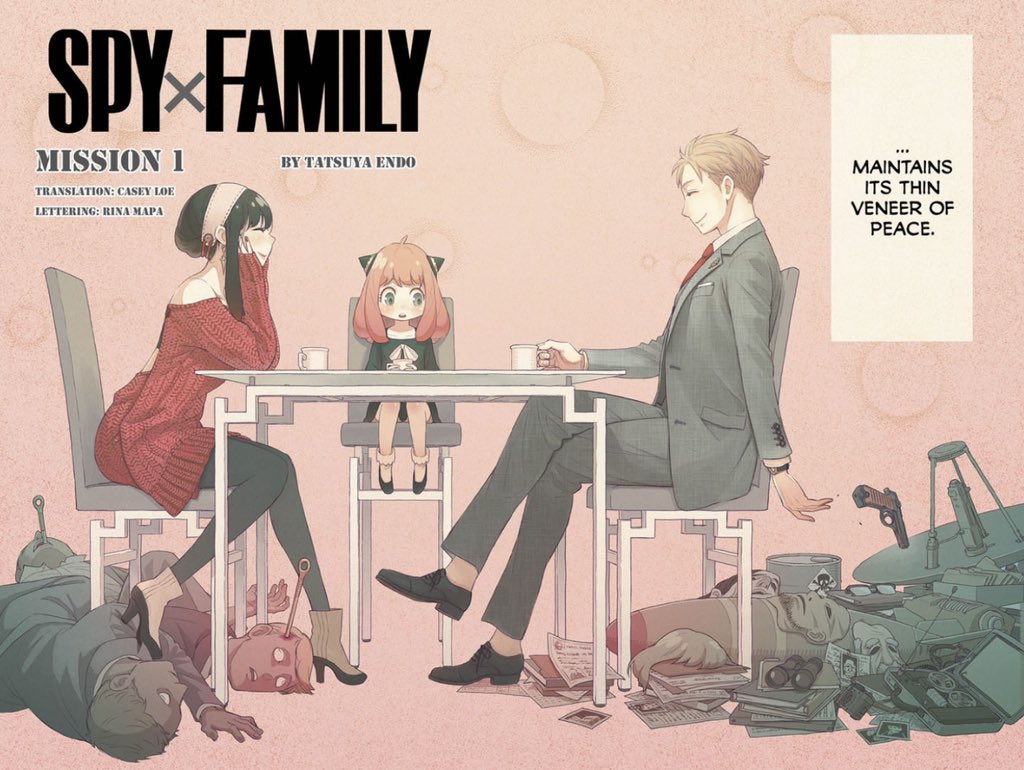

Drawing comics pages is only one part of making manga — you need to also understand visual storytelling, pacing, how to write dialogue, create interesting characters, and how to engage readers to keep them coming back for more. It takes time & practice to master these skills.
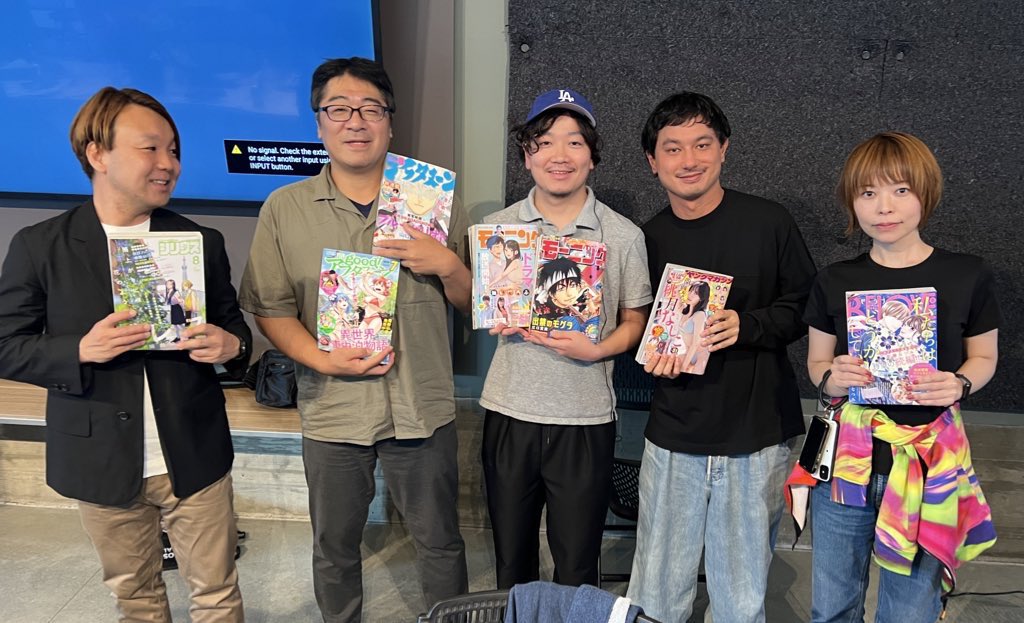



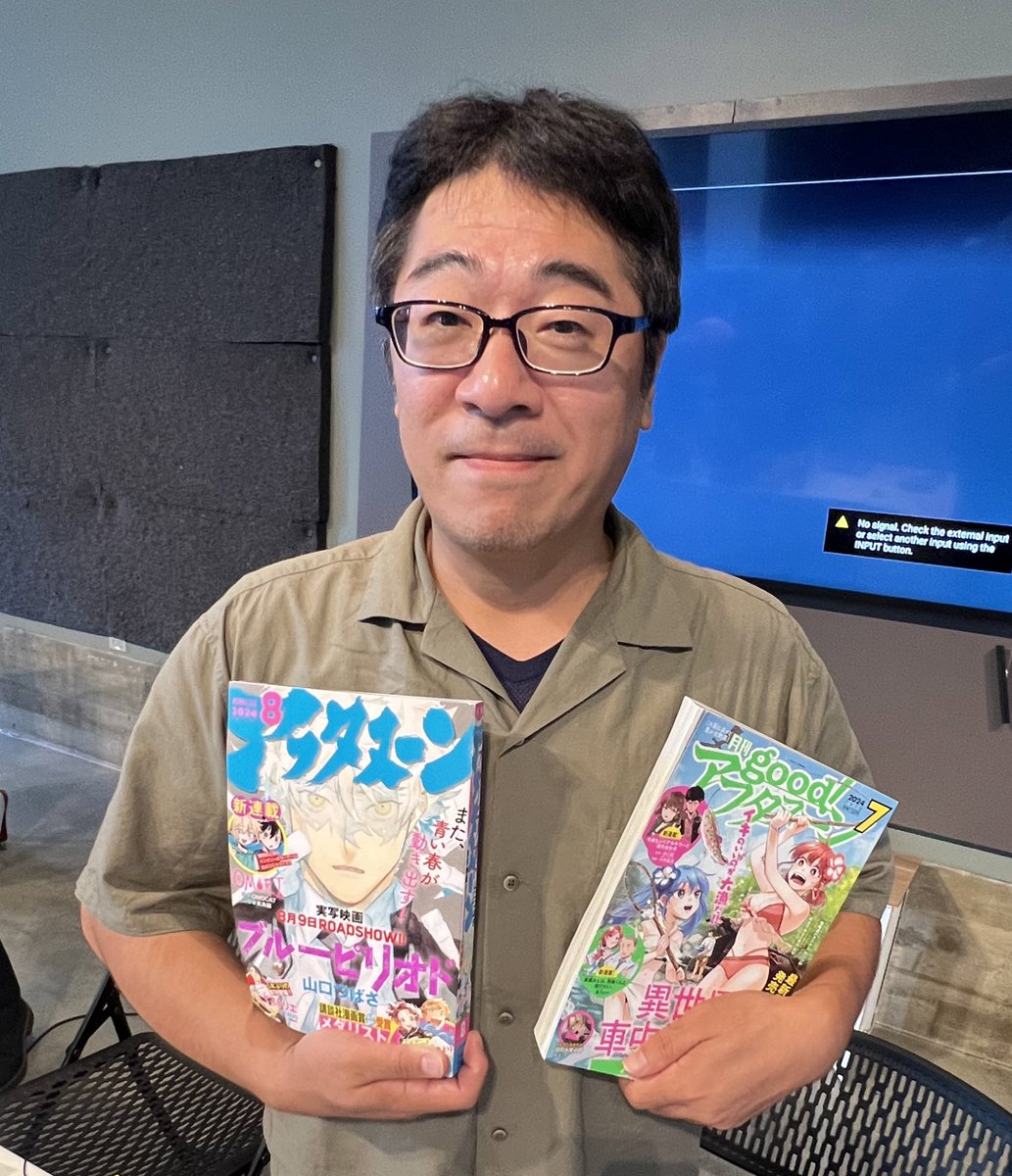

one problem is that some aspiring manga creators outside of JP expect to break into the biz based on the playbook they see in manga… but the publishing / talent nurturing ecosystem in US/EU is not the same as it is in Japan
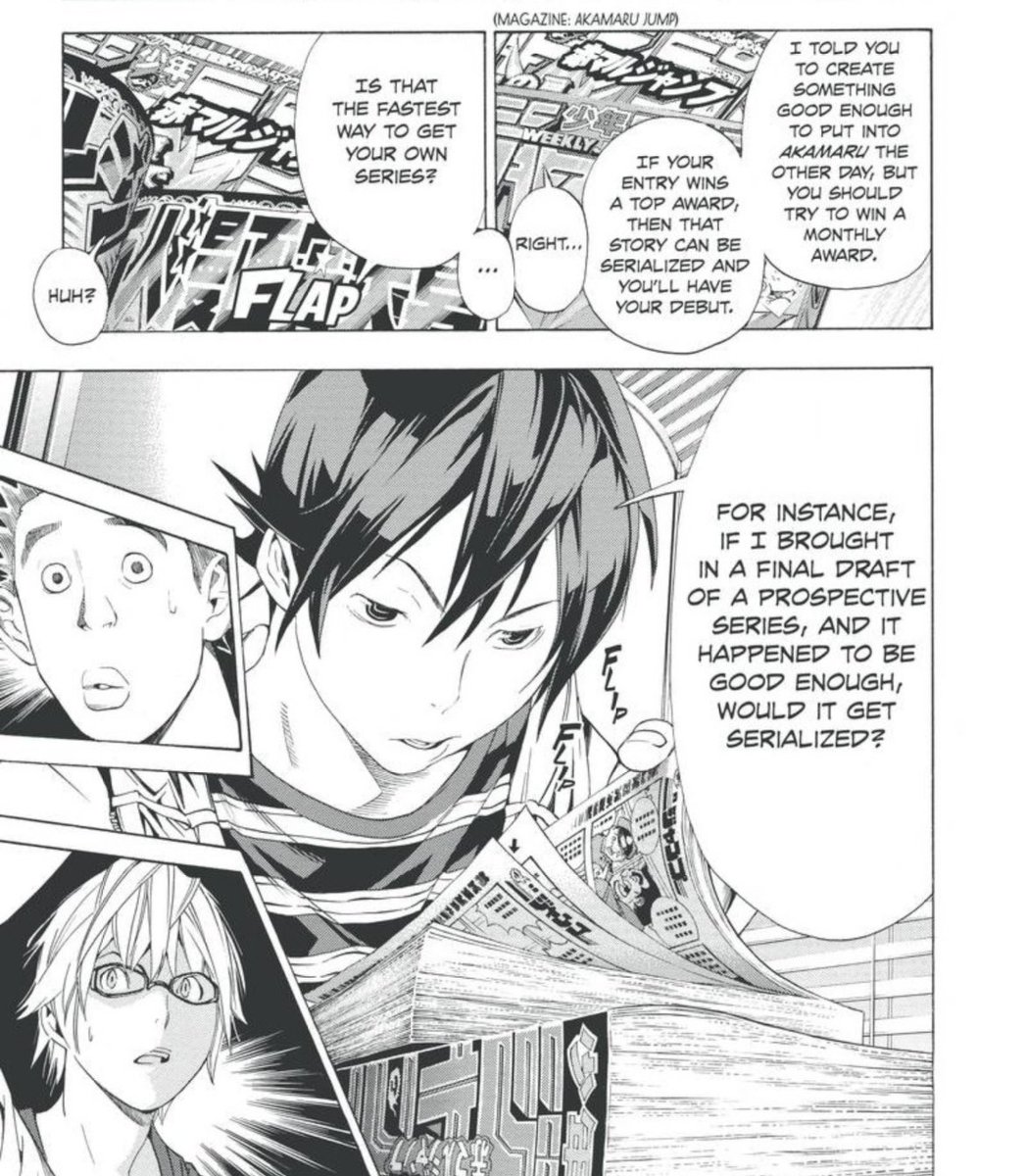

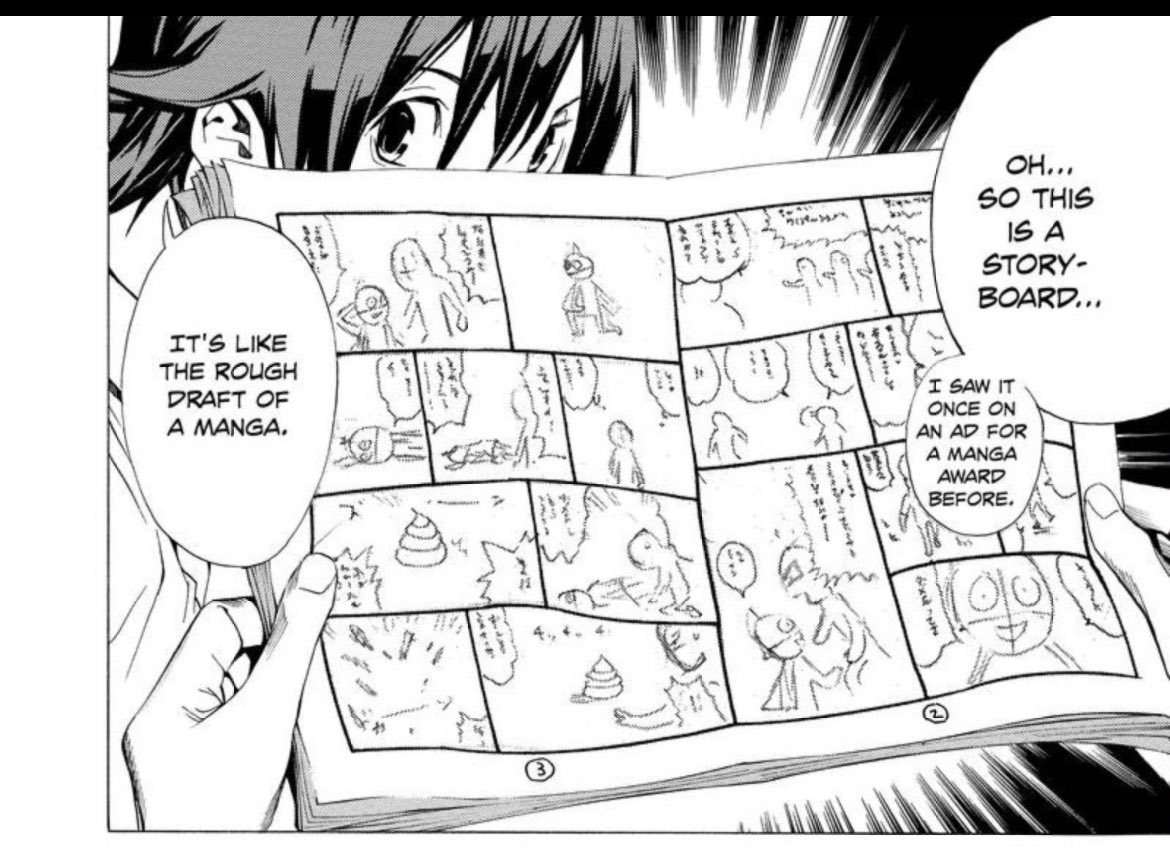

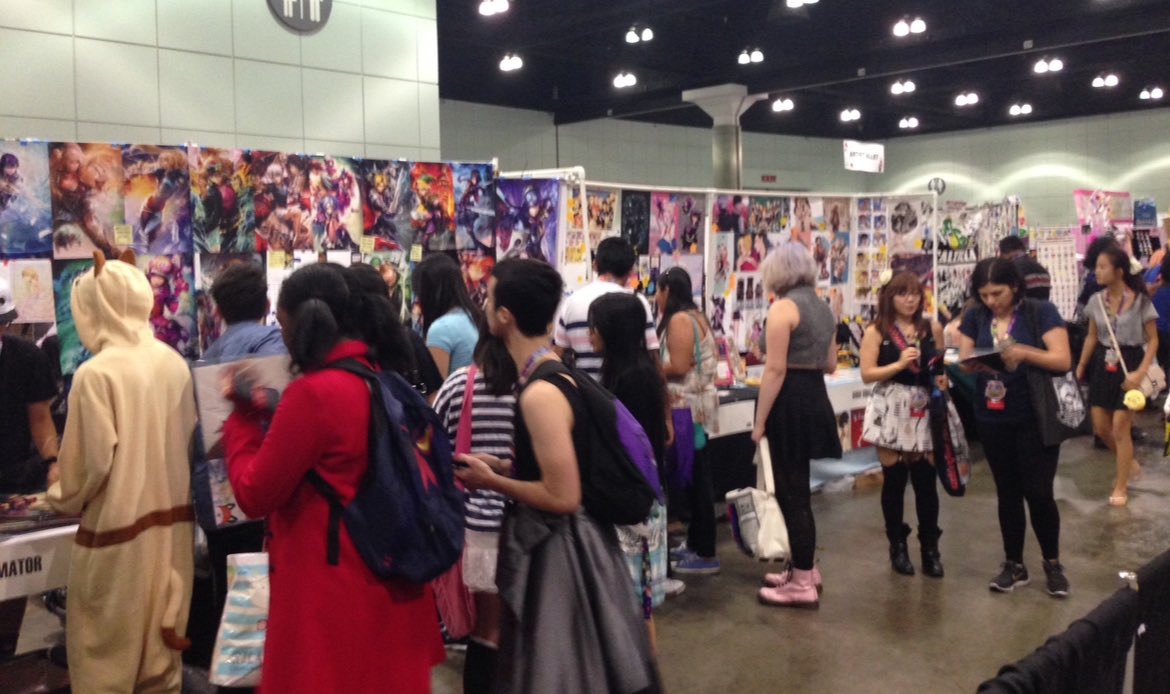

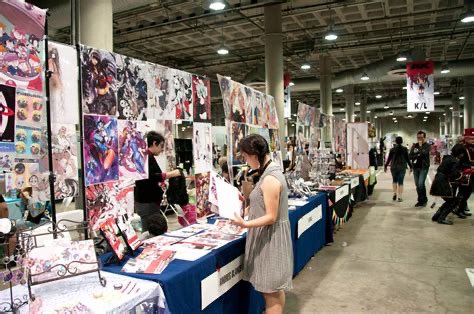



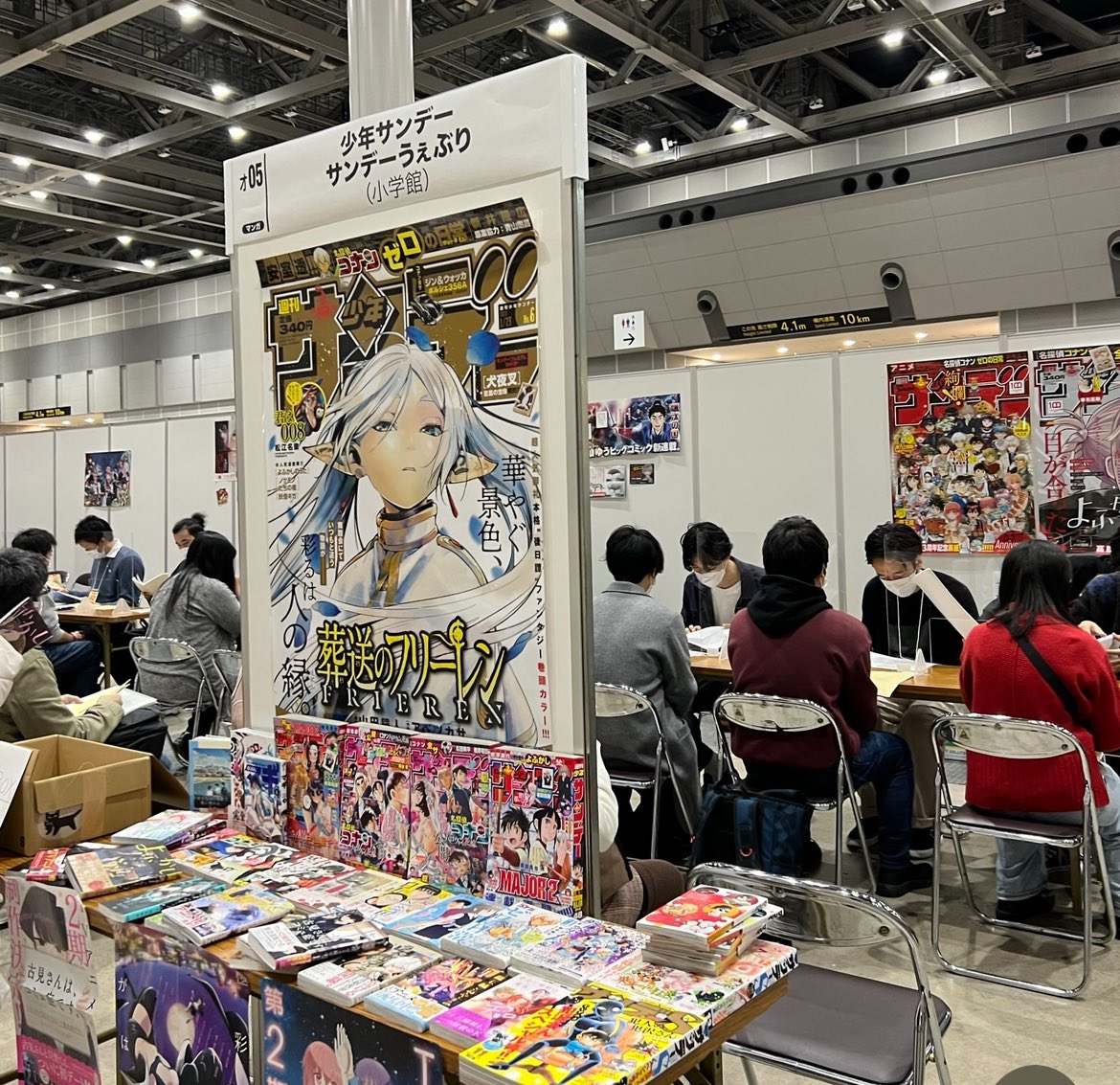

IMHO, In US, the pressure on aspiring comics/manga creators to make prints & merch instead of comics, + few opptys to get real feedback to improve their visual storytelling skills are factors that stunt/hinder their growth towards becoming pro comics creators.
This final comment on the proliferation of merch at shows prompted a spin-off discourse.
It was pointed out that it is increasingly expensive to table, and selling tchotkes seems to be a surer way to make back table costs than comics, alas.
Anyway a lot to unpack – as manga has become mainstream, even more readers want to create it, but as Deb points out, it’s not an easily accessible path.
Source link
